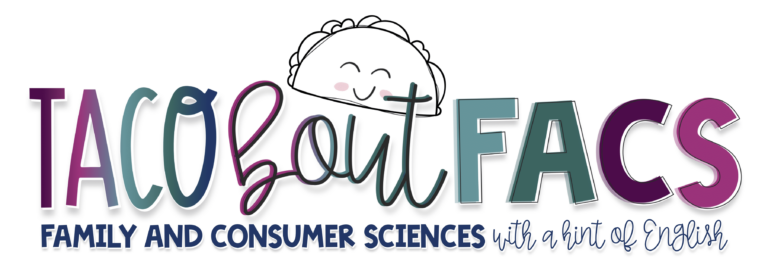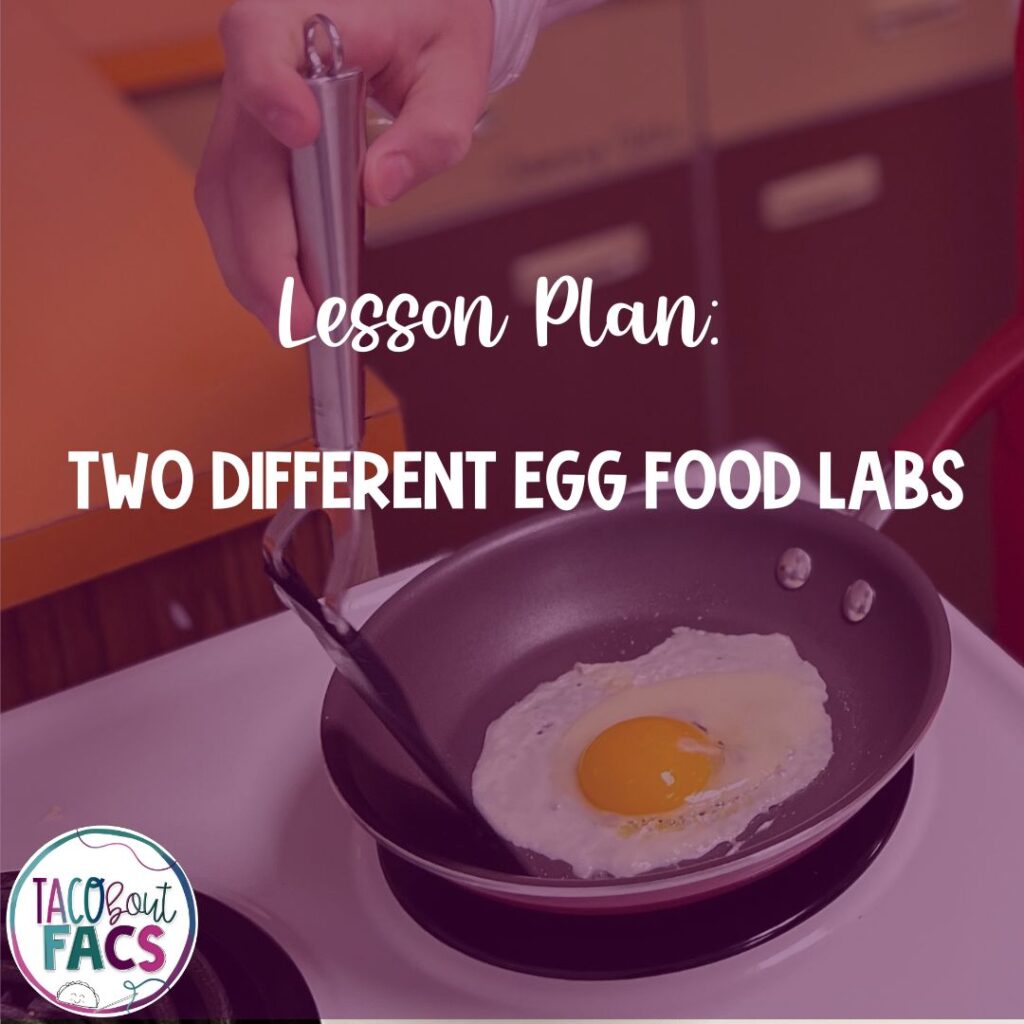Cooking eggs is an essential skill that every individual needs to learn. It is not just about knowing how to prepare the eggs, but it also teaches important life skills such as time management, planning, and budgeting. Read below for a FACS lesson plan for your Family and Consumer Science classroom.
One of the easiest and most versatile ingredients to work with is eggs. Eggs can be cooked in many different ways and can be a great addition to any meal. This lesson plan was designed to cover two separate cooking labs involving eggs in the Family and Consumer Science classroom.
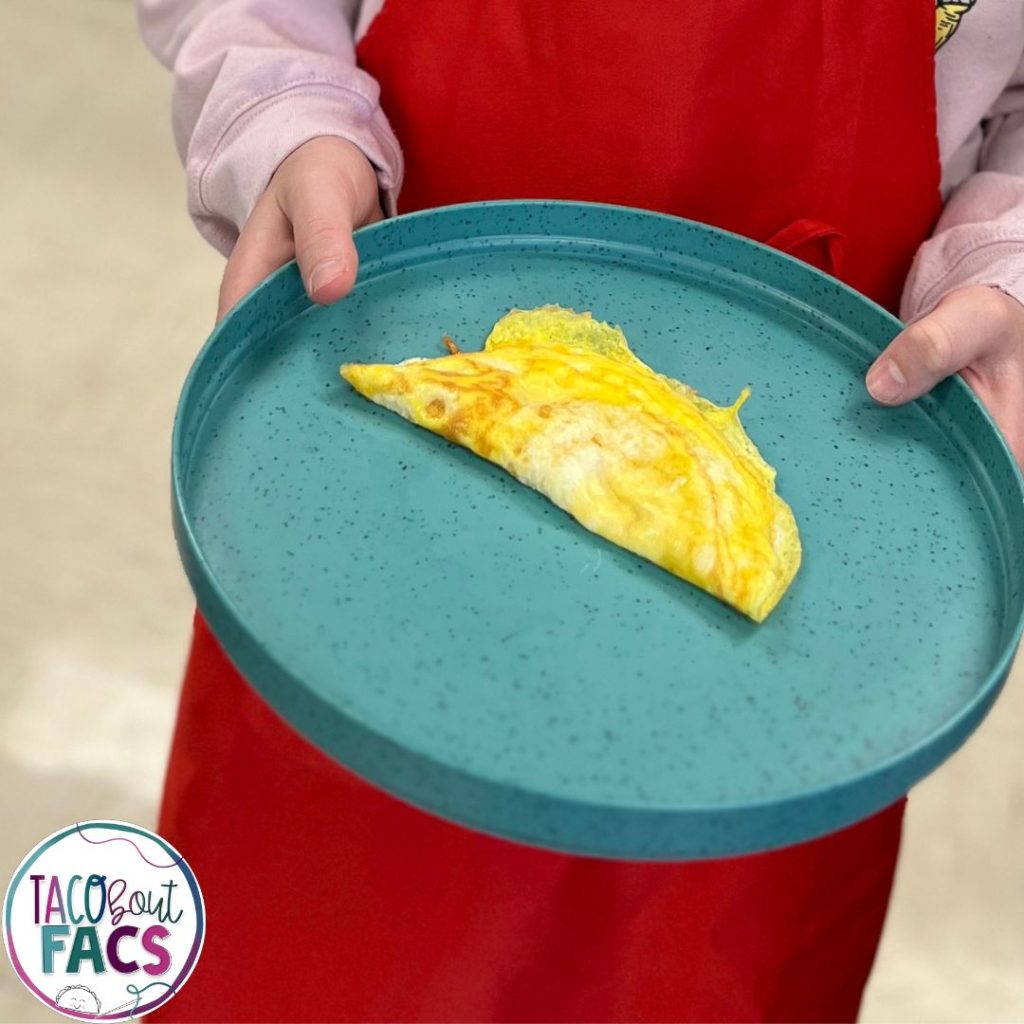
Two eggs cooking labs
The first food lab was to create omelets. Students had optional toppings, such as diced peppers, onions, deli ham, and cheese. The second food lab involved eggs again, but this time it was Chef’s Choice- scrambled, hardboiled, poached, another omelet, and even Deviled Eggs.
Why two options?
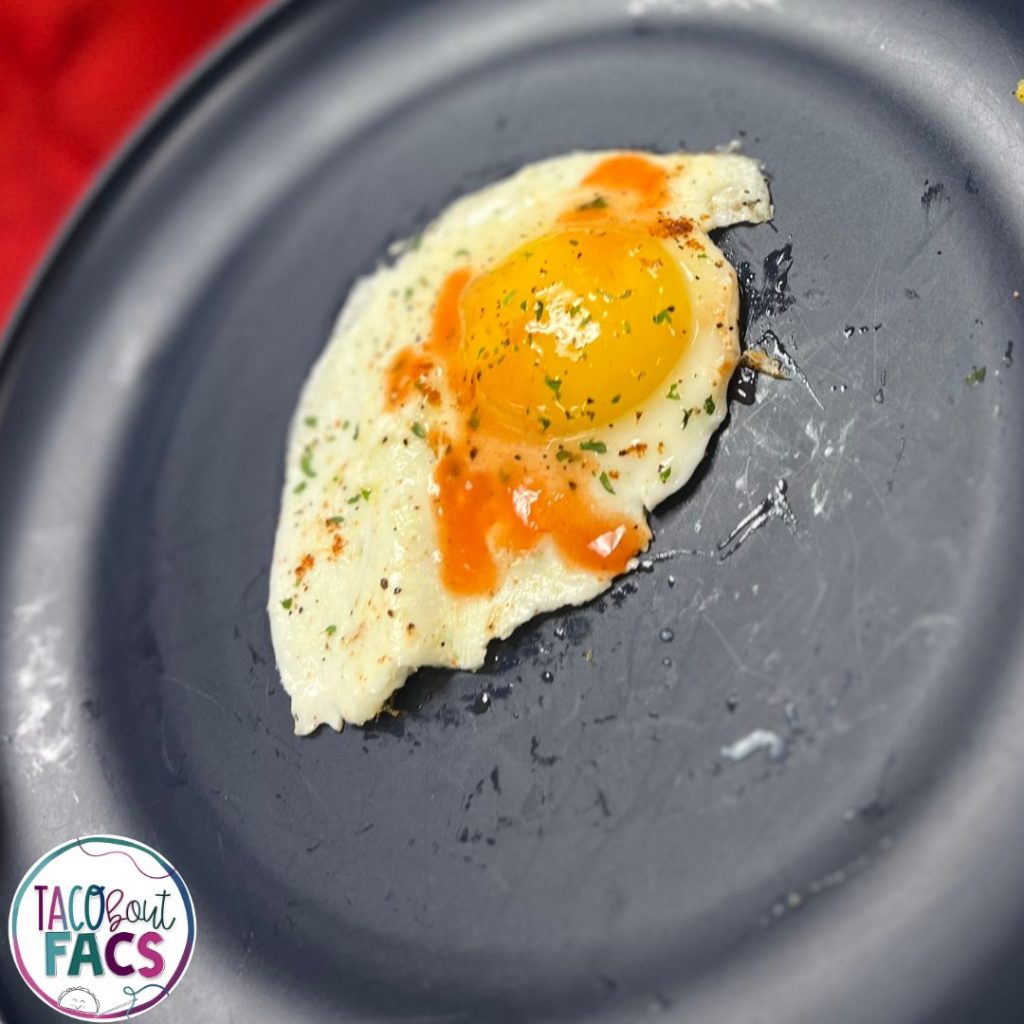
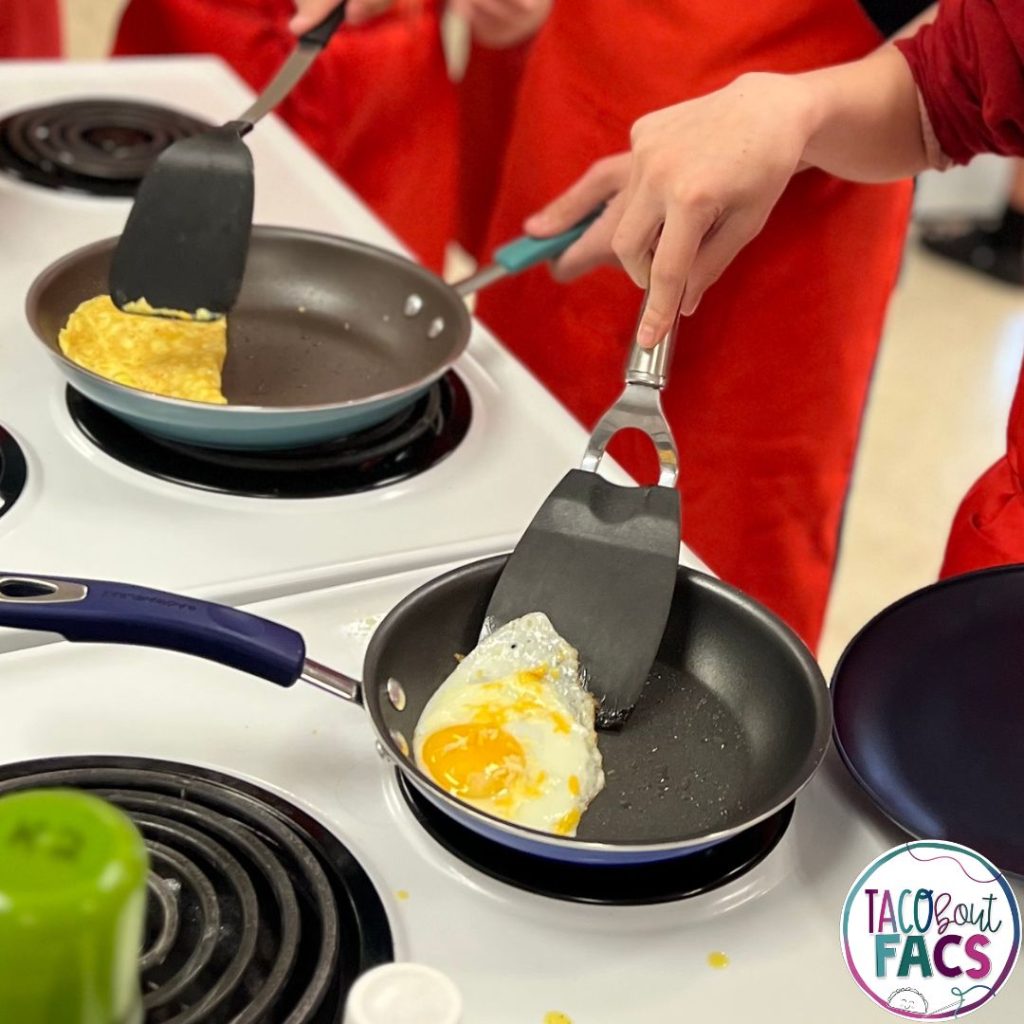
Omelets are a filling meal and also allow for unlimited options when it comes to toppings. Omelets are relatively easy to cook and also an excellent example of changing the stove temperature as it takes a bit longer for the first omelet to cook versus the rest in a cooking group.
Chef’s Choice gives students ownership and choice to cook eggs again, but this time with a little more confidence. Some students will choose omelets a second time simply because it’s familiar. Others will opt for scrambled or hardboiled, and maybe the one or two brave students who try to poach an egg.
Occasionally, a few choose to make Deviled Eggs. If students are willing to learn about and try a new way, I’m always their biggest fan pushing them out of their comfort zone.
Cooking is about confidence
The egg cooking labs are always my first two labs. Why? Cooking is about confidence. In junior high FACS classes, cooking labs are sometimes the first experience cooking. Each student who is new to the kitchen brings a different reason for not having cooking experience. Eggs are relatively cheap, rather easy to make, and a healthy option. Once students see how easy it is to make an omelet, then future cooking labs become easier.
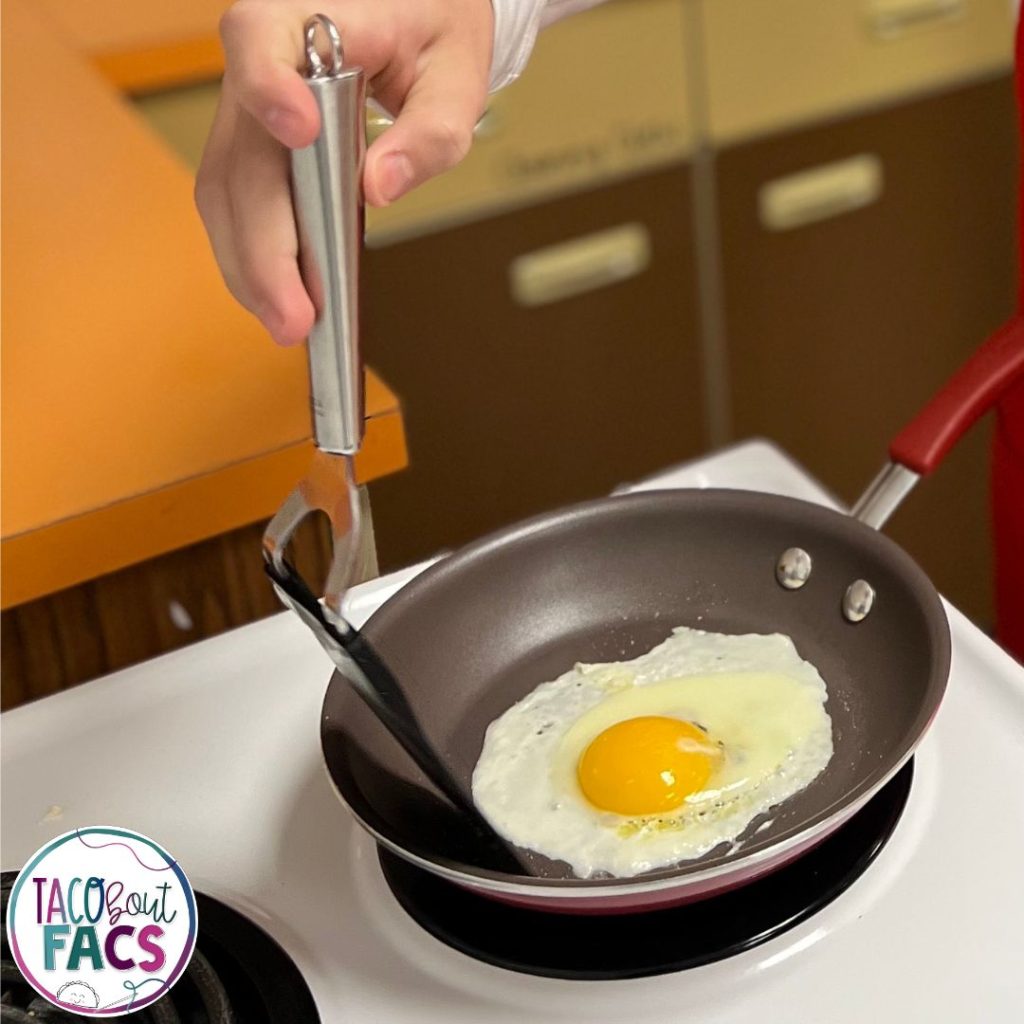
Getting started
Before cooking lab day, students have learned about kitchen basics, expectations, safety, etc. The day before the lab, students work in cooking groups to complete a food lab plan. This food lab plan allows each member to have a specific job in the kitchen during the lab. The plan also lists all equipment and tools needed for the lab, along with ingredients.
For the omelet lab, students will determine who wants which toppings. Since each person gets one egg, toppings are limited to 1 TBSP per person/per topping. Not only does this allow students to practice measuring during each lab, but it also helps determine the number of ingredients to purchase. On cooking day, Line cooks 1 and 2 can come to the ingredient table and know exactly how much of each ingredient is needed to complete the lab. They pile these ingredients on their tray and then head back into their kitchen to cook.
The back side of the food lab plan paper is the step-by-step directions for the lab. Each step asks for the supplies needed and the group member who completes the task.
Also on food lab plan day, I prefer to have a Google Slideshow with various YouTube videos about preparing the food- in this case, omelets. I aim for finding 5-minute or under videos so students can watch again outside of class to prepare. Plating food is not only fun, but allows for creativity so I include a slide with videos to learn more about plating food. You can grab the free presentation for this lesson here.
Why a food lab plan?
After you’ve spent a few labs in a FCS kitchen, you quickly realize some students bring confidence and experience in the kitchen and others don’t bring any experience. Cooking at home is likely more relaxed, but cooking in a FCS kitchen is both on a time schedule and with a small group of kids. The more frontloading and preparation before the lab, the better.
Reflection
After cooking, students complete a reflection form. Why? A reflection form allows students to note their successes in the kitchen and what went well. They worked hard for those successes! It also allows students to note what didn’t work as well. How could they improve next time? Could the food lab plan be more detailed? Did a group member not complete their tasks? Was the pan too hot and the food cooked too quickly?
Cooking eggs is a lifelong skill, learning how to reflect and adjust helps shape our young chefs for a lifetime of cooking. Reflecting on paper also supports your English Language Arts teachers and writing goes across the curriculum.
Who knows, you might be inspiring the next Rachel Ray or Curtis Stone.
In conclusion, an egg cooking lab is a great way to teach students essential cooking skills, budgeting skills, and nutritional education. It is a hands-on activity that allows students to be creative with their dishes and learn through experience. By following the tips above, you can conduct a successful egg cooking lab in your family and consumer science classroom.
FACS Lesson Plan
If you’re ready to give the egg-cellent food lab a try, but need a bit more. You can find the complete resource in my shop. The same resource is also available in my Taco Bout FACS TPT store.
